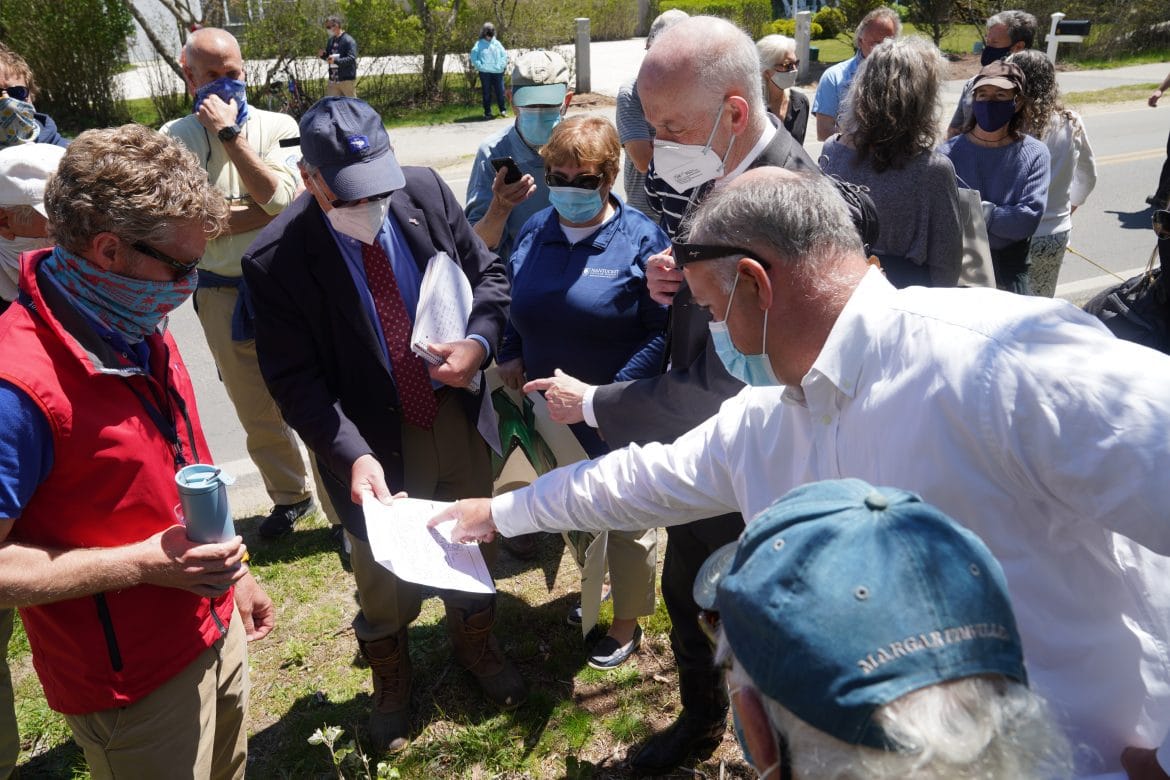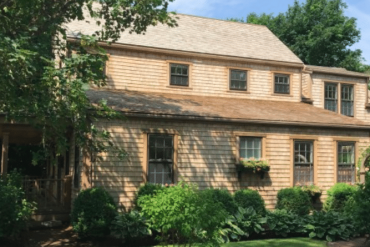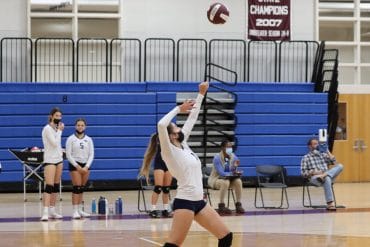Surfside Crossing developer Jamie Feeley was present for last Thursday’s on-island site visit by the state Housing Appeals Committee, where opponents of the controversial housing project greeted him with homemade signs and general indignation. One person who used to play hockey with Feeley even decided to heckle him. It was just the latest wave of objections to the proposed 40B development that Feeley and his partner Josh Posner have faced over the past three-plus years, opposition that has grown more intense and more personal. And yet they remain undeterred.
“We understand that change is generally not welcomed and this project is certainly not the exception,” Feeley told the Current. “We appreciate the concerns of the neighbors and have done our best to address those we felt had merit. The density issue is one that needs to be weighed against our housing needs, and not just for affordable homeownership, but middle-income year-round accessible housing for those who make too much to qualify for the subsidized units but not enough to otherwise gain access to homeownership here on the island. That need is huge, and continues to grow as more and more year-round homes become seasonal. Who else is building homeownership opportunities at or under $1M per unit?
In the face of 100 protestors last Thursday, Feeley told me that he’d rather not comment on the record in the heat of the moment, so he was absent from the story we published on Friday morning. He later responded to an e-mail over the weekend with some insights and reflections on a process that has played out over several years in regulatory hearings, Town Meeting sessions, and in litigation at the courthouse.
“It’s not been a lot of fun,” he said. “But there is a huge need and Josh (Posner) and I believe in the purpose. We know that in the end, we will build a year-round community that we can be really proud of and that will satisfy, at least in part, some of the desperate and growing housing needs for year-round residents. It’s great to see the other efforts being made, but they are mostly rental units focused on the SHI list and getting to Safe Harbor. Our effort is focused on the year-round ownership market. We believe having an equity stake is what is needed to attract and retain the year-round professionals that our community depends upon.”
The plans for Surfside Crossing were filed under a state statute known as Chapter 40B, which allows developers to bypass local zoning regulations and increase density if at least 20 to 25 percent of the new units have long-term affordability restrictions.
The state Housing Appeals Committee will soon vote on whether to approve Surfside Crossing as a 156 condominium unit development contained within 18 three-story buildings (two stories above grade) on 13 acres of undeveloped pine forest. There would be 117 market rate units at two price points – $475,000 to $825,000 at the standard rate and $575,000 to $1 million for “premium” rate units. The remaining 39 condos would be priced at affordable rates – between $261,000 and $373,000 – for qualifying individuals making 80 percent or below the area median income.
Opponents, including the non-profit group Nantucket Tipping Point and the Nantucket Land Council, have continued to object to Surfside Crossing on numerous grounds, from density, to potential impacts on wildlife, drinking water, and safety along South Shore Road, as well as concerns over the 40B process that have limited the amount of local control over the proposal.
As he awaits the HAC decision, Feeley said the timeline for a final resolution for the development is still unknown, but expects it will be “still another couple years” before a comprehensive permit is issued for the project.






